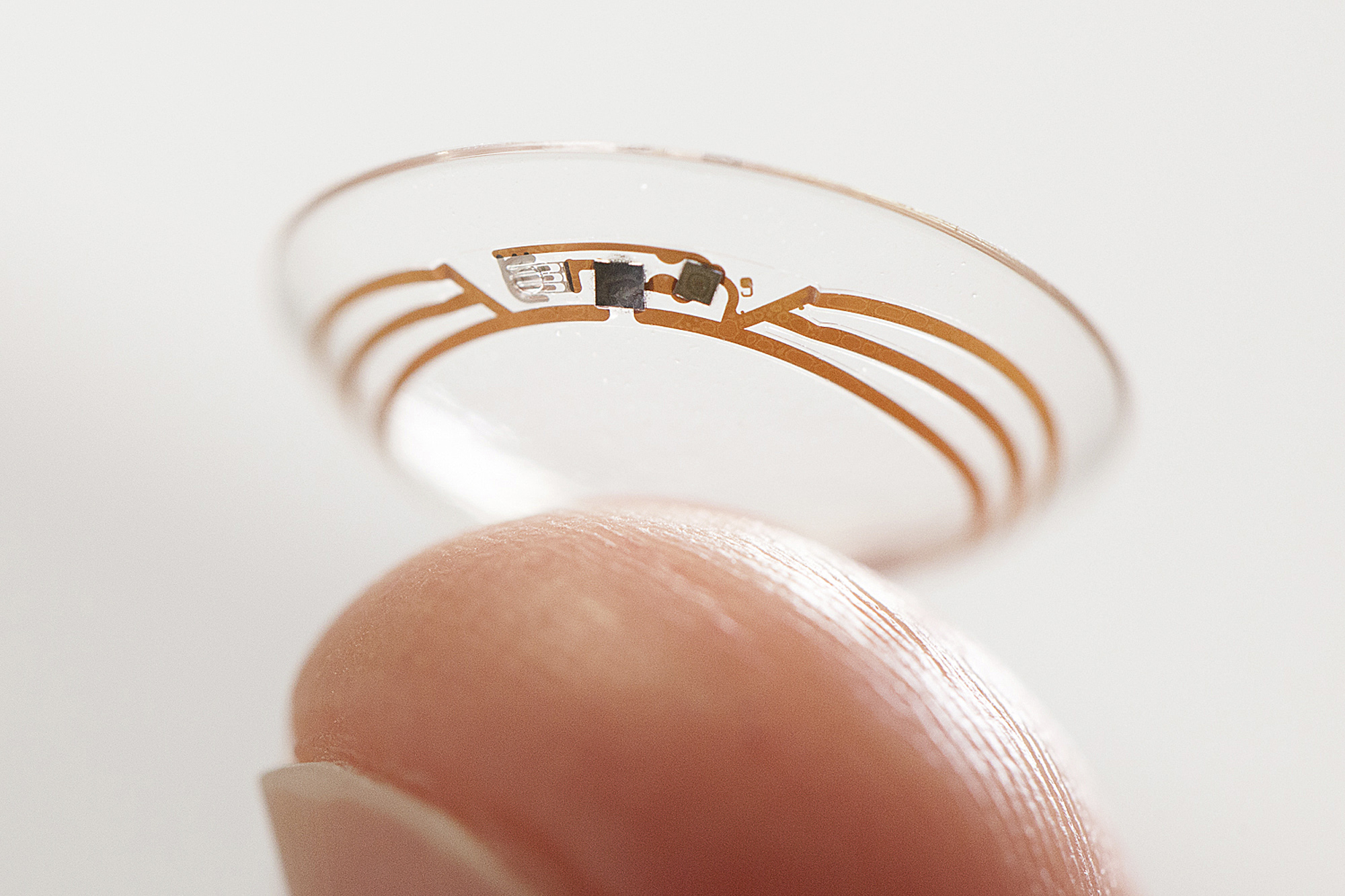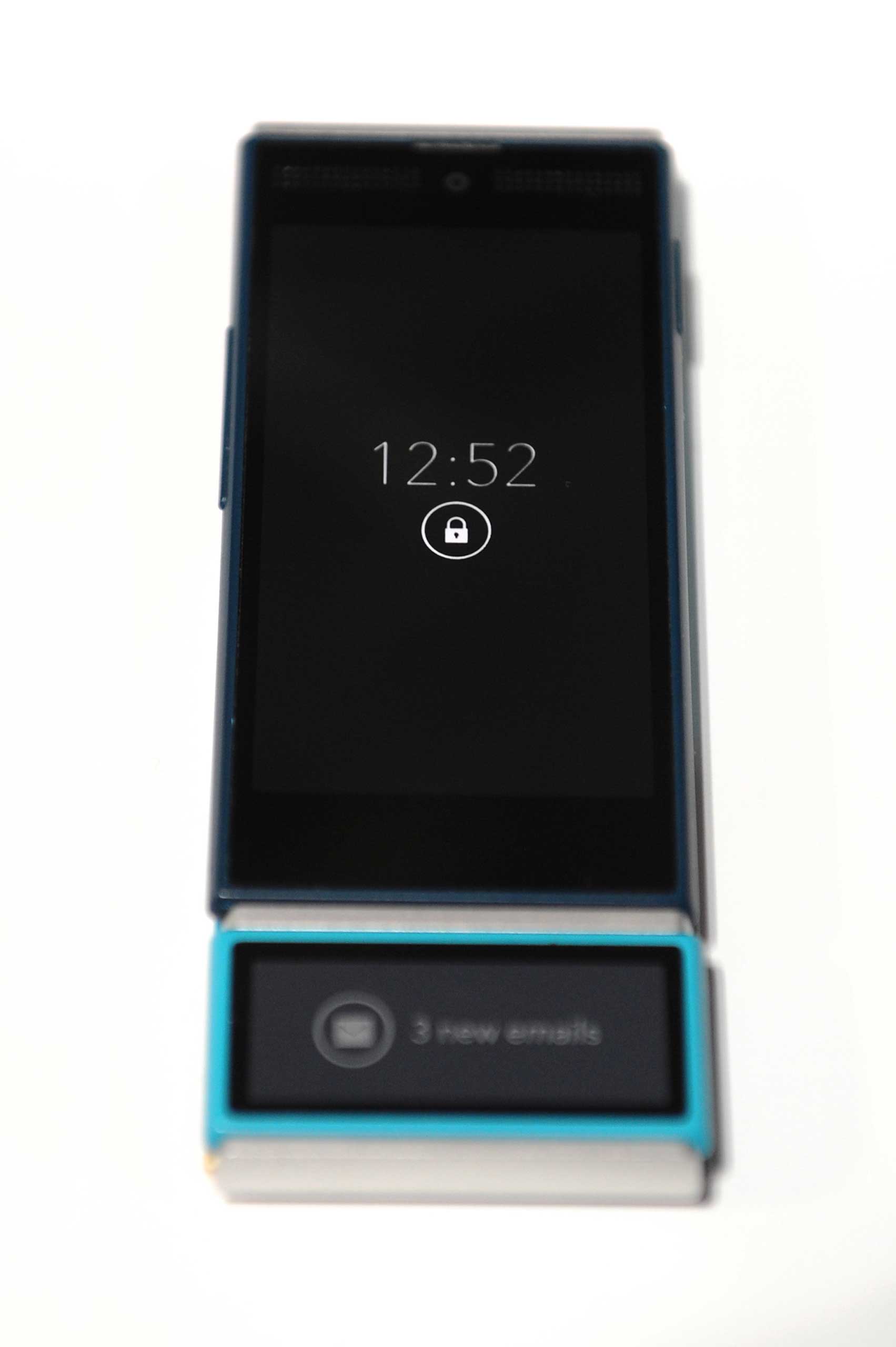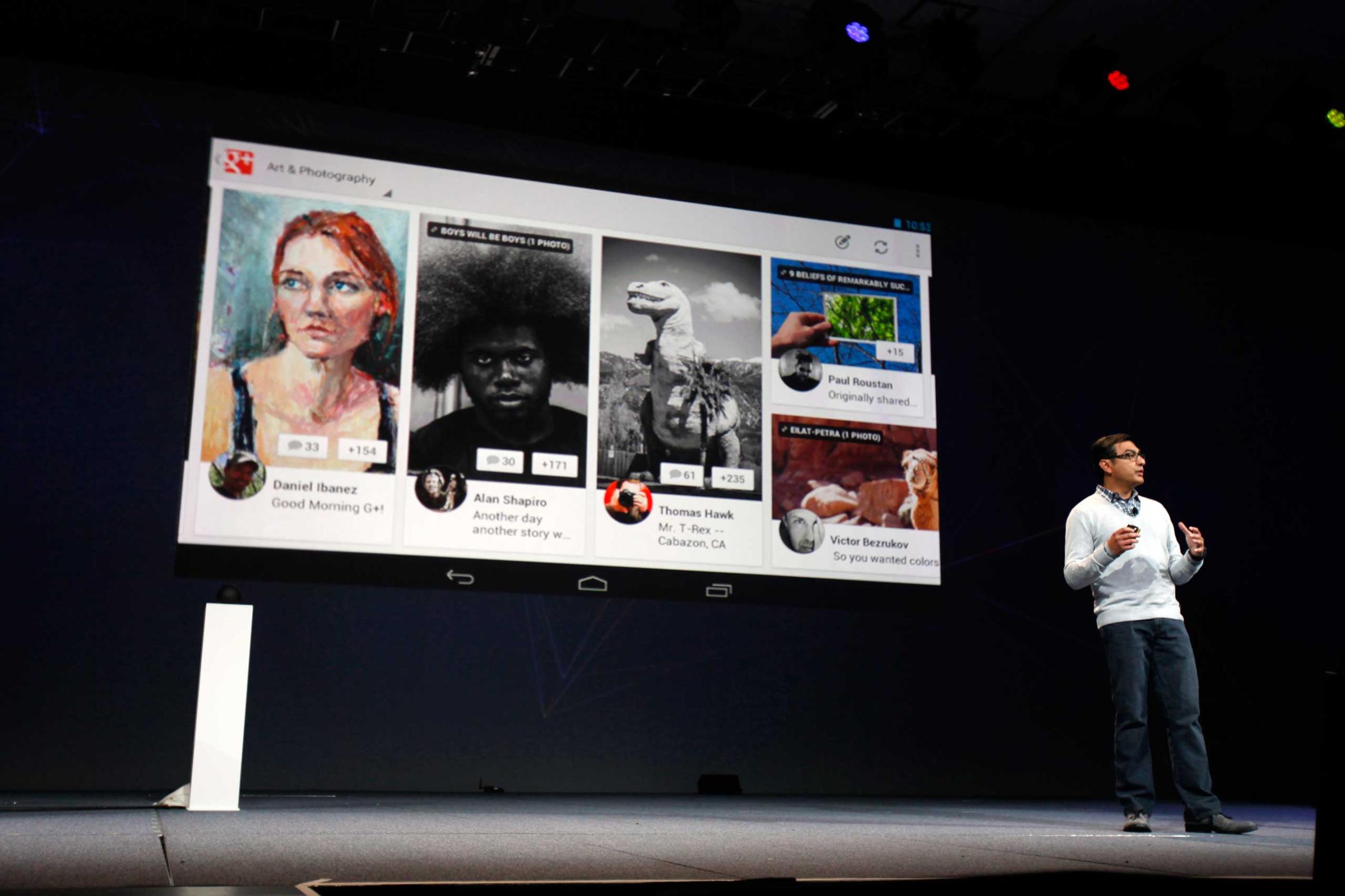
There are many differences between Android and Apple’s iOS, but among the biggest is that each Android phone is slightly different than the next. While every generation of iPhone runs the same type of software and features similar hardware specifications, most Android phones come with different processors and software that’s been slightly tweaked or modified by the phone’s manufacturer, like Samsung or HTC.
Google, however, wants to create more consistency within the Android universe, according to a new report from The Information’s Amir Efrati. The company is said to be in talks with microchip companies about developing chips based on Google’s own preferred designs, the report says.
This likely won’t impact whether Android phone makers decide to modify software on Android phones. It just means phones running on these Google chips would likely offer similar performance and consistent features since they’re powered by the same processors.
The move would also give Google’s Android more ammunition to combat Apple’s iPhone at the high end. Many flagship Android phones, such as the Samsung Galaxy S6, LG G4, and HTC One M9, come with software that looks and feels entirely different from one another. Samsung, for instance, layers its own software called TouchWiz over Google’s basic Android. HTC adds its Sense software to its Android phones, too. These phones also come with different features and run on different processor models, which makes the experience of using one Android phone noticeably different than using another made by a separate manufacturer.
That’s not the case with the iPhone. Provided they’re all running the same version of iOS, the software experience between an iPhone 6s, an iPhone 6, and an iPhone 5 is exactly the same. That’s because Apple doesn’t deal with other hardware manufacturers that add their own apps and services to phones. And, since all iPhones run on processors designed by Apple, they offer the same level of power and similar features.
However, based on The Information’s report, it sounds like Google is looking to change this in order to better compete with the iPhone at the high-end of the market. That’s a space where Android had some trouble. One of Android’s benefits is that there are phones available in various price ranges. Chinese startup OnePlus, for example, saw wide success with its first Android phone in 2014 because it was priced much lower than phones made by Samsung and LG while offering similar high-quality hardware.
Samsung, which creates more expensive Android phones that are meant to compete directly with the iPhone at the high end, has seen its profits decline over the past two years. But the company had a turnaround in October, when it announced that its operating profits increased by 80%. Still, those numbers were thanks to its component-making business, not because of Galaxy phone sales.
This isn’t the first time reports have suggested that Google is brainstorming ways to help Android better compete at the high-end. Google was reportedly working on a program called Android Silver last year, which Efrati also reported for The Information. It was meant to be a re-branding of Android that would make the platform more premium and unified like the iPhone. However, it was reportedly delayed due to the departure of former Google executive Nikesh Arora.
The 10 Most Ambitious Google Projects










More Must-Reads From TIME
- The 100 Most Influential People of 2024
- Coco Gauff Is Playing for Herself Now
- Scenes From Pro-Palestinian Encampments Across U.S. Universities
- 6 Compliments That Land Every Time
- If You're Dating Right Now , You're Brave: Column
- The AI That Could Heal a Divided Internet
- Fallout Is a Brilliant Model for the Future of Video Game Adaptations
- Want Weekly Recs on What to Watch, Read, and More? Sign Up for Worth Your Time
Contact us at letters@time.com